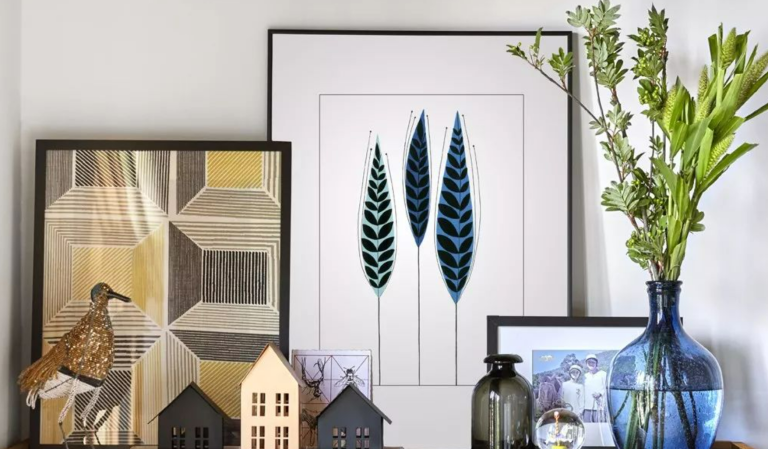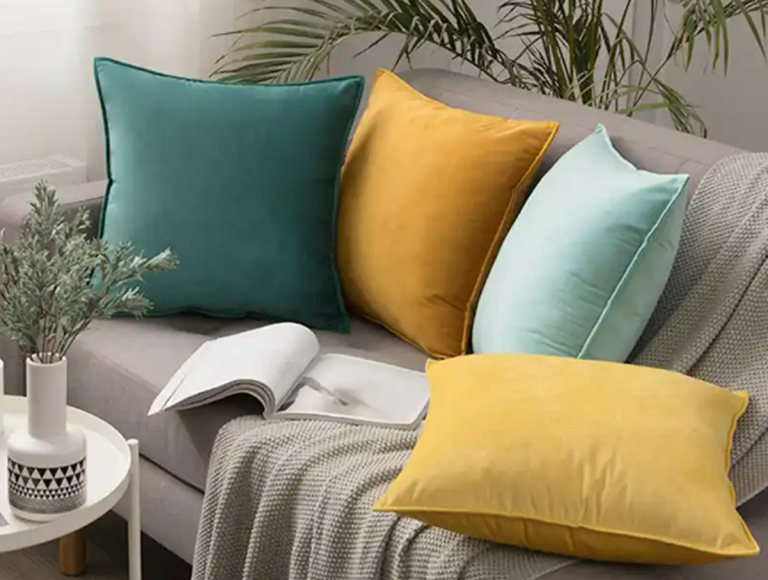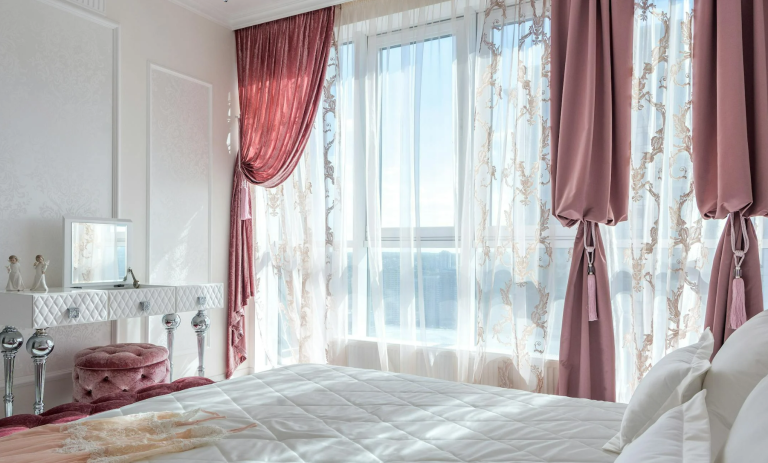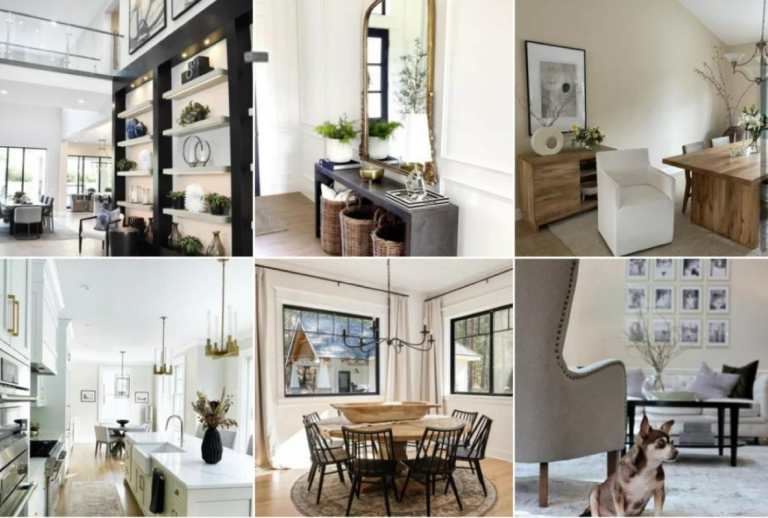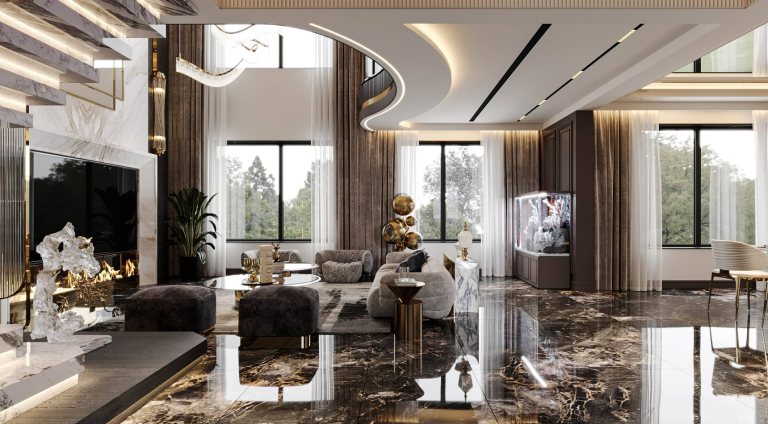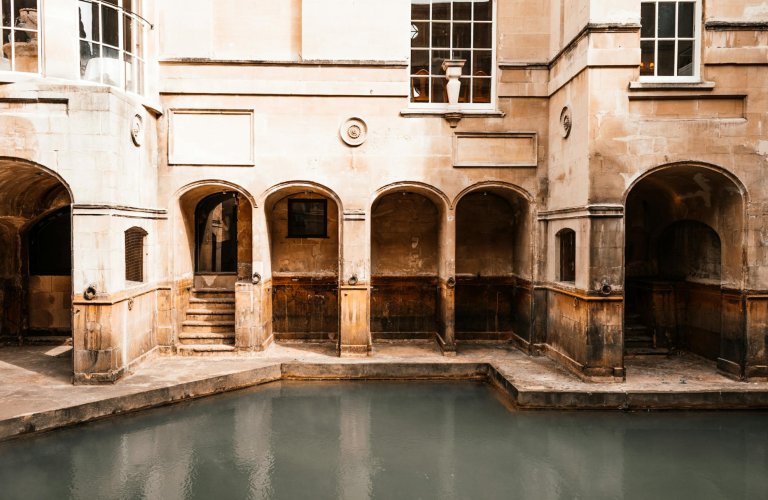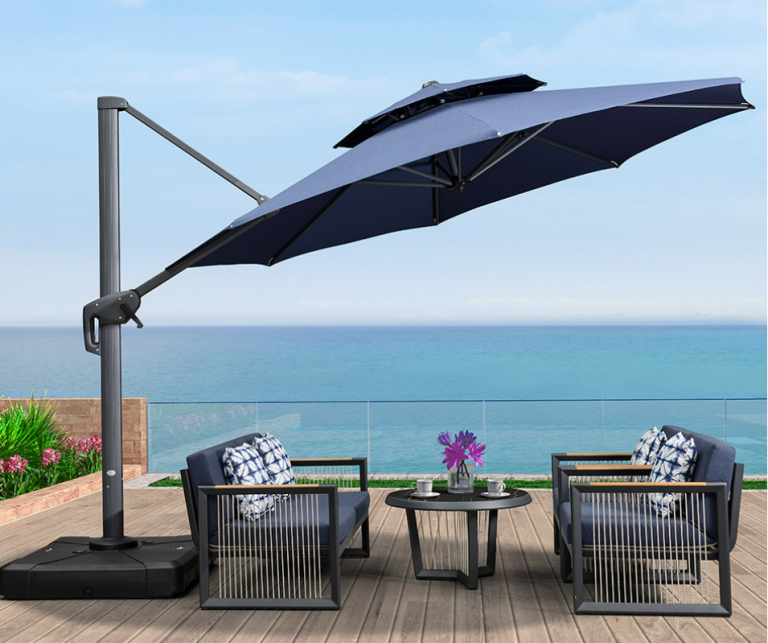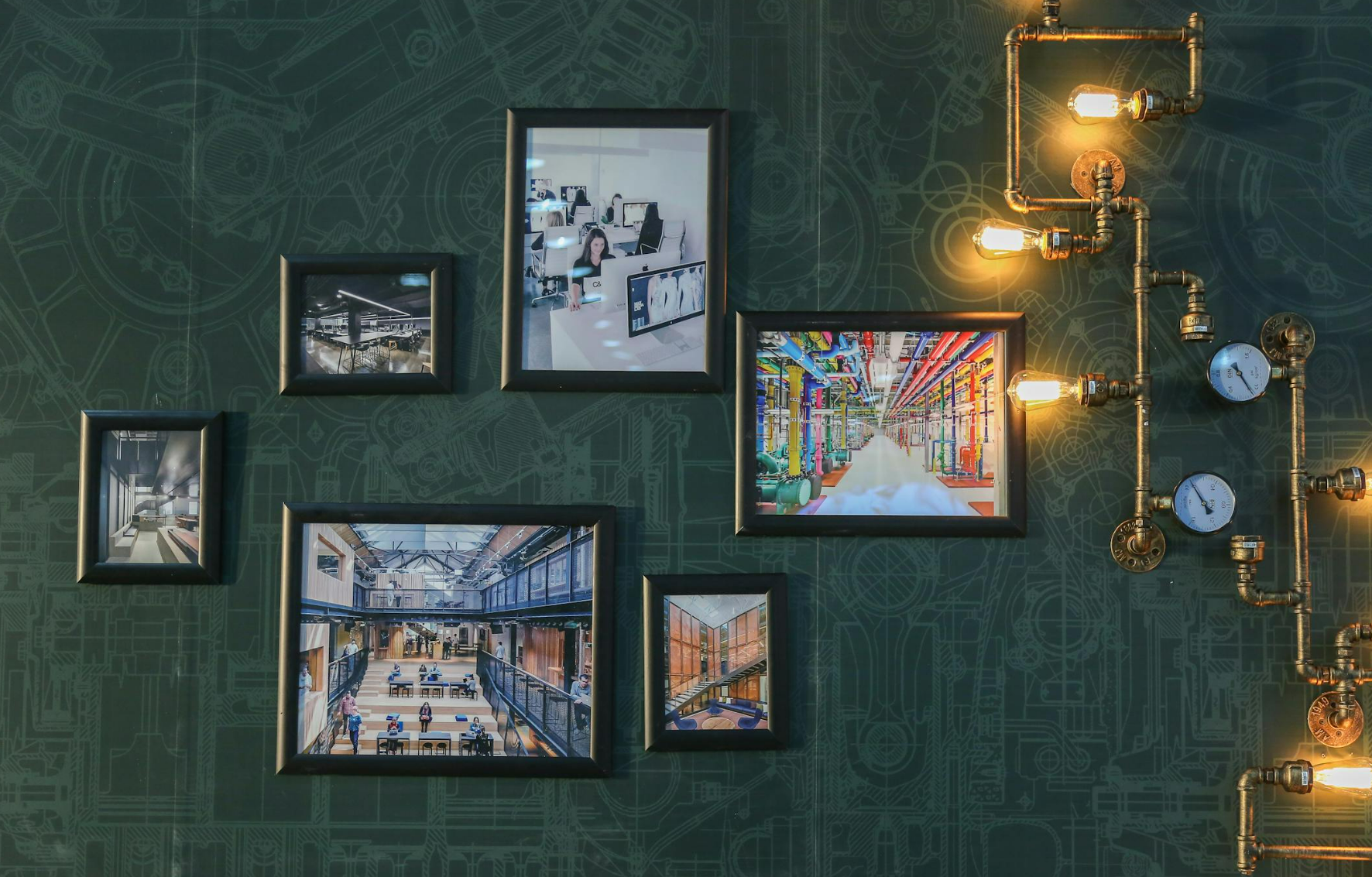
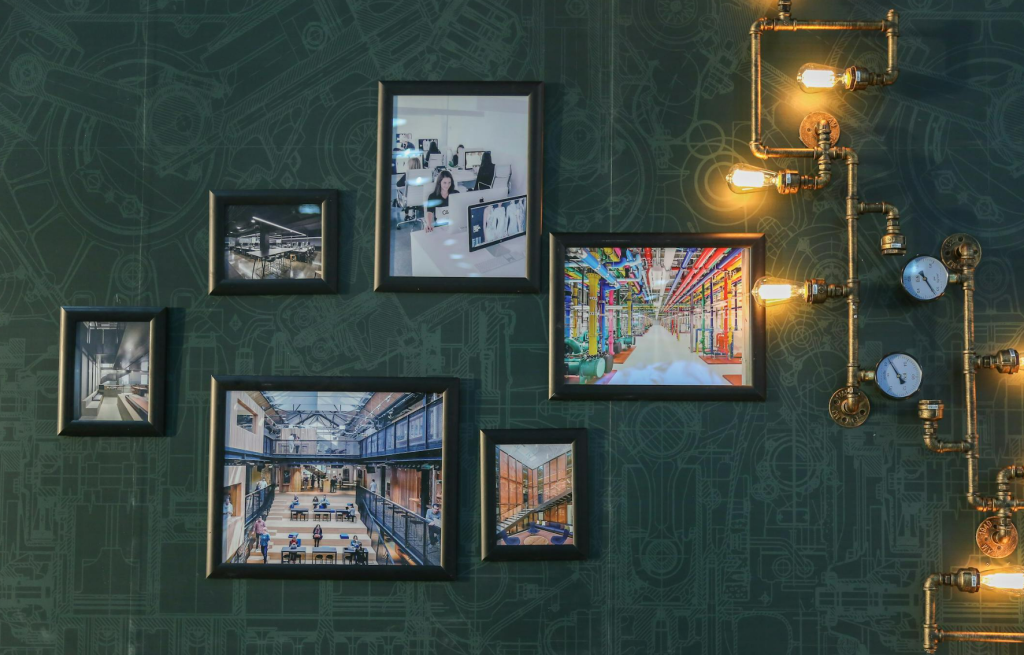
Guide to Selecting Decorative Art: Adding an Artistic Touch to Your Walls
Table 1: Article Outline
| Heading Level | Heading Title |
|---|---|
| H1 | Guide to Selecting Decorative Art: Adding an Artistic Touch to Your Walls |
| H2 | Introduction: The Power of Wall Art in Interior Design |
| H2 | 1. Understanding Your Personal Aesthetic |
| H3 | Identifying Your Style: Modern, Classic, Eclectic, or Minimalist? |
| H3 | How to Match Art to Your Existing Decor |
| H2 | 2. Choosing the Right Size and Scale |
| H3 | Wall Art Proportions: What Works Best? |
| H3 | Small vs. Large Spaces: Finding Balance |
| H2 | 3. Types of Wall Art to Consider |
| H3 | Paintings and Prints: Timeless Elegance |
| H3 | Photography: Personal and Striking |
| H3 | Sculptural and Textured Art |
| H3 | Digital and LED Art for a Contemporary Look |
| H2 | 4. Color Coordination with Your Space |
| H3 | Complementary vs. Contrasting Color Schemes |
| H3 | Using Art to Tie a Room Together |
| H2 | 5. Framing and Presentation Matters |
| H3 | Choosing the Right Frame for Your Art |
| H3 | Matting, Shadow Boxes, and Floating Frames |
| H2 | 6. Placement and Arrangement Techniques |
| H3 | Eye-Level Hanging: The Golden Rule |
| H3 | Gallery Walls: Creating a Cohesive Display |
| H3 | Symmetrical vs. Asymmetrical Arrangements |
| H2 | 7. Budget-Friendly Art Selection |
| H3 | Affordable Prints and Reproductions |
| H3 | DIY and Thrifted Art Ideas |
| H2 | 8. Supporting Independent Artists vs. Mass-Produced Art |
| H3 | Benefits of Buying Original Artwork |
| H3 | Where to Find Unique Pieces |
| H2 | 9. Thematic and Mood-Based Art Selection |
| H3 | Calming Landscapes for Bedrooms |
| H3 | Bold Abstracts for Living Spaces |
| H2 | 10. Lighting Your Art for Maximum Impact |
| H3 | Spotlights, Picture Lights, and Natural Light |
| H3 | Avoiding Glare and Fading |
| H2 | 11. Rotating Art for Seasonal Refresh |
| H3 | Swapping Art with the Seasons |
| H3 | Storing Art Properly to Preserve Quality |
| H2 | 12. Common Mistakes to Avoid When Hanging Art |
| H3 | Overcrowding Walls |
| H3 | Ignoring Room Functionality |
| H2 | 13. The Psychology of Art in Interior Spaces |
| H3 | How Art Influences Mood and Perception |
| H3 | Choosing Art That Resonates Emotionally |
| H2 | 14. The Future of Wall Art: Trends to Watch |
| H3 | Augmented Reality (AR) Art Displays |
| H3 | Sustainable and Eco-Friendly Art Materials |
| H2 | Conclusion: Curating a Gallery That Speaks to You |
| H2 | FAQs About Selecting and Displaying Decorative Art |
Table 2: The Article
Guide to Selecting Decorative Art: Adding an Artistic Touch to Your Walls
Introduction: The Power of Wall Art in Interior Design
Art isn’t just decoration—it’s the soul of a room. Whether it’s a vibrant abstract painting, a black-and-white photograph, or a handcrafted textile, the right piece can transform blank walls into a dynamic focal point. But how do you choose art that complements your space and reflects your personality? This guide will help you navigate the world of decorative art with confidence.
1. Understanding Your Personal Aesthetic
Identifying Your Style: Modern, Classic, Eclectic, or Minimalist?
- Modern: Clean lines, bold colors, abstract forms.
- Classic: Oil paintings, landscapes, vintage portraits.
- Eclectic: A mix of styles, textures, and eras.
- Minimalist: Simple, monochromatic, or geometric designs.
How to Match Art to Your Existing Decor
- Pull colors from your furniture, rugs, or accent pieces to create harmony.
- Consider the mood of the room—serene, energetic, or sophisticated?
2. Choosing the Right Size and Scale
Wall Art Proportions: What Works Best?
- Large walls: Opt for one oversized piece or a gallery wall.
- Small walls: A single medium-sized artwork or a small cluster.
Small vs. Large Spaces: Finding Balance
- Tiny rooms: Vertical art draws the eye upward, making ceilings feel higher.
- Open-concept spaces: Use multiple large pieces to define zones.
3. Types of Wall Art to Consider
Paintings and Prints: Timeless Elegance
- Original paintings: Unique, investment-worthy.
- Prints: Affordable, available in endless styles.
Photography: Personal and Striking
- Black-and-white: Timeless and versatile.
- Travel photography: Adds a worldly vibe.
Sculptural and Textured Art
- Metal wall sculptures, woven tapestries, or ceramic pieces add depth.
Digital and LED Art for a Contemporary Look
- Digital frames that rotate artwork.
- LED-backlit panels for a futuristic touch.
4. Color Coordination with Your Space
Complementary vs. Contrasting Color Schemes
- Complementary: Art that blends with your decor (e.g., earth tones in a rustic room).
- Contrasting: Bold art that pops against neutral walls.
Using Art to Tie a Room Together
- Pick one dominant color from your art and repeat it in pillows, vases, or rugs.
5. Framing and Presentation Matters
Choosing the Right Frame for Your Art
- Wood frames: Warm, traditional.
- Metal frames: Sleek, modern.
- Floating frames: Perfect for canvas prints.
Matting, Shadow Boxes, and Floating Frames
- Matting: Adds breathing room for prints.
- Shadow boxes: Display 3D objects like seashells or memorabilia.
6. Placement and Arrangement Techniques
Eye-Level Hanging: The Golden Rule
- Hang art so the center is 57–60 inches from the floor.
Gallery Walls: Creating a Cohesive Display
- Mix frames, sizes, and orientations for visual interest.
- Use washi tape or paper templates to plan before hammering.
Symmetrical vs. Asymmetrical Arrangements
- Symmetrical: Formal, balanced (e.g., two identical frames side by side).
- Asymmetrical: Dynamic, modern (e.g., a mix of small and large pieces).
7. Budget-Friendly Art Selection
Affordable Prints and Reproductions
- Society6, Etsy, and Minted offer high-quality prints.
DIY and Thrifted Art Ideas
- Frame vintage postcards, fabric swatches, or pressed flowers.
8. Supporting Independent Artists vs. Mass-Produced Art
Benefits of Buying Original Artwork
- One-of-a-kind pieces with a story.
- Supports small creators directly.
Where to Find Unique Pieces
- Local art fairs, Instagram artists, Saatchi Art.
9. Thematic and Mood-Based Art Selection
Calming Landscapes for Bedrooms
- Soft blues, greens, and neutrals promote relaxation.
Bold Abstracts for Living Spaces
- Vibrant colors and dynamic shapes energize social areas.
10. Lighting Your Art for Maximum Impact
Spotlights, Picture Lights, and Natural Light
- LED track lighting highlights gallery walls.
- Avoid direct sunlight to prevent fading.
11. Rotating Art for Seasonal Refresh
Swapping Art with the Seasons
- Bright florals for spring, moody landscapes for fall.
12. Common Mistakes to Avoid When Hanging Art
Overcrowding Walls
- Leave breathing room between pieces.
Ignoring Room Functionality
- Don’t hang fragile art in high-traffic areas.
13. The Psychology of Art in Interior Spaces
How Art Influences Mood and Perception
- Abstracts spark creativity.
- Nature scenes reduce stress.
14. The Future of Wall Art: Trends to Watch
Augmented Reality (AR) Art Displays
- Digital frames that change artwork via app.
Sustainable and Eco-Friendly Art Materials
- Recycled materials, plant-based inks.
Conclusion: Curating a Gallery That Speaks to You
Art should inspire, comfort, and reflect who you are. Start small, trust your instincts, and let your walls tell your story.
FAQs About Selecting and Displaying Decorative Art
1. How do I choose art if I don’t know my style?
Start with neutral abstract prints—they blend with most decor.
2. What’s the best way to hang heavy artwork?
Use wall anchors or toggle bolts for secure mounting.
3. Can I mix different art styles in one room?
Yes! Keep a unifying element (color, frame style) for cohesion.
4. How often should I change my wall art?
Seasonally or yearly to keep your space fresh.
5. Where’s the best place to buy affordable original art?
Try Etsy, local markets, or university art shows.
